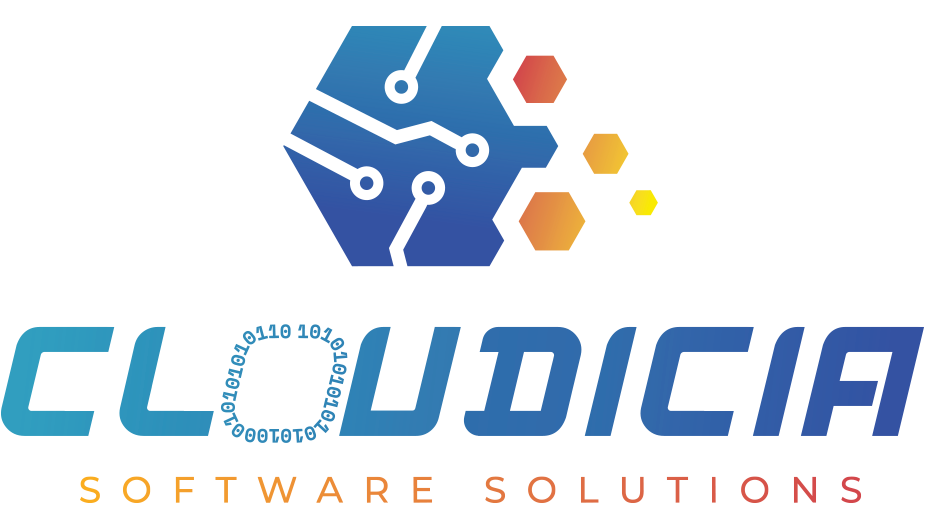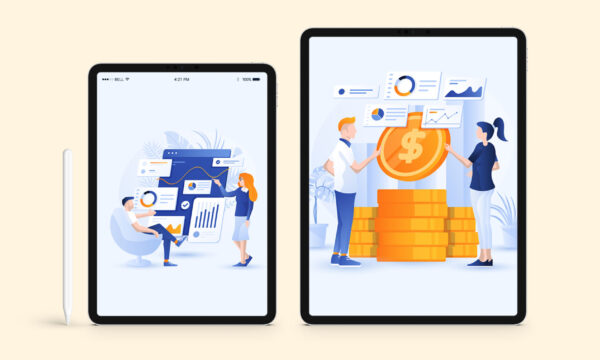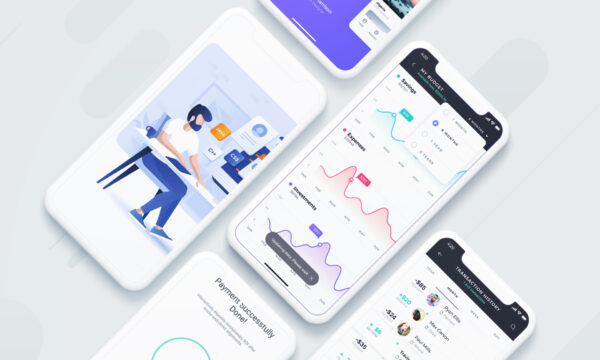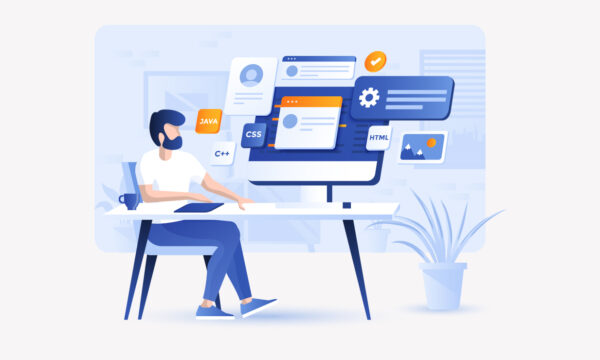AI-Driven Decisions: Real-World Examples of AI-Driven Decision-Making in Action
Introduction
From Insight Overload to Actionable Intelligence In today’s fast-paced business landscape, having access to data is no longer a differentiator—it’s a baseline. The real challenge lies in translating this data into actions that drive results. This is where Artificial Intelligence (AI) is changing the game. It’s not just about generating insights; it’s about enabling businesses to make smarter, faster, and more impactful decisions.
AI-driven decision-making is a shift from reactive analysis to proactive action. But what does this transformation look like, and how can businesses harness it to stay ahead? Let’s explore.
The Traditional Decision-Making Gap
Traditionally, decision-making relied heavily on human intuition and manual analysis. Even with sophisticated analytics, businesses often face two challenges:
- Insight Overload: Decision-makers receive too many reports and dashboards but no clear path forward.
- Time Lag: By the time insights are gathered, analyzed, and acted upon, the window of opportunity may have already closed.
AI bridges this gap by automating not just the analysis but also the recommendation of actions, allowing businesses to respond in real time.
How AI is Revolutionizing Decision-Making
- From Static Insights to Dynamic Adaptation Traditional analytics provide historical snapshots, but AI adds predictive and prescriptive capabilities. It doesn’t just tell you what happened or what’s likely to happen—it recommends what to do next.
- Real-Time Decisions at Scale AI processes vast amounts of data in milliseconds, making it ideal for high-stakes environments like financial trading, logistics, or supply chain management.
- Context-Aware Recommendations Unlike static rules, AI considers context, including market trends, customer preferences, and operational constraints, to offer nuanced decisions.
- Human-AI Collaboration: Enhancing, Not Replacing AI doesn’t eliminate human decision-making; it enhances it by reducing cognitive load. Decision-makers can focus on strategic choices while AI handles routine, data-driven tasks.
AI transforms insightsinto actions forsmarter, faster decisions
The Future of AI-Driven Decision-Making
- Hyper-Personalization in Consumer Engagement AI will make every customer interaction unique by tailoring experiences in real time based on behavior, preferences, and situational factors.
- Adaptive Decision Systems AI systems will continuously learn and adapt, improving decision quality over time by integrating feedback loops from past outcomes.
- Autonomous Business Operations Beyond supporting decisions, AI will increasingly make autonomous decisions for repetitive and low-risk tasks, freeing up human resources for innovation.
How Businesses Can Harness AI for Smarter Decisions (with some examples)
-
1. Retail: Dynamic Pricing
Scenario: A retail business runs a flash sale. Traditionally, pricing decisions rely on pre-set discounts or manual adjustments.
AI in Action:
- AI analyzes real-time sales data, competitor pricing, and inventory levels.
- It adjusts product prices dynamically to optimize revenue. For instance, high-demand items see smaller discounts to maximize profit, while low-demand products are discounted more to clear inventory.
2. Healthcare: Emergency Room Management
Scenario: Emergency rooms face unpredictable patient inflow, making resource allocation a challenge.
AI in Action:
- AI predicts patient inflow patterns based on historical data, weather conditions, and public events.
- It suggests optimal staffing levels and prioritizes treatment based on real-time patient severity.
3. Finance: Fraud Prevention
Scenario: A bank must detect fraudulent transactions without slowing down legitimate ones.
AI in Action:
- AI monitors transactions in real time, using machine learning models to identify anomalies.
- Suspicious activities are flagged and automatically sent for further review. For high-confidence fraud cases, transactions are blocked instantly, and the customer is notified.
4. Logistics: Route Optimization
Scenario: A delivery company wants to minimize fuel costs and delivery times for daily operations.
AI in Action:
- AI analyzes traffic patterns, weather conditions, and package volumes to create the most efficient delivery routes.
- Real-time adjustments are made to avoid traffic jams or accidents.
5. Manufacturing: Predictive Maintenance
Scenario: A factory’s equipment failures disrupt production, causing downtime and revenue loss.
AI in Action:
- AI monitors equipment data, such as vibration levels and temperature, to predict potential failures.
- It sends alerts to schedule maintenance before breakdowns occur.
6. E-Commerce: Personalized Recommendations
Scenario: An online store wants to boost sales by personalizing the shopping experience.
AI in Action:
- AI tracks user behavior, like browsing history and past purchases.
- It recommends products in real time, tailored to individual preferences. For example, a customer searching for running shoes might see personalized ads for complementary items like socks or water bottles.
7. Agriculture: Crop Optimization
Scenario: A farm needs to optimize water usage while maintaining healthy crop yields.
AI in Action:
- AI uses satellite imagery, weather forecasts, and soil sensors to determine optimal irrigation schedules.
- It sends actionable alerts to farmers, specifying when and where to water.
8. Media and Entertainment: Content Scheduling
Scenario: A streaming platform wants to keep users engaged by recommending the right content.
AI in Action:
- AI identifies viewing patterns and predicts user preferences based on time of day and past behavior.
- It personalizes the homepage with content likely to match each viewer’s mood or interests, such as light-hearted comedies in the evening or thrillers during weekends.
9. Energy: Grid Optimization
Scenario: An energy provider struggles to balance supply and demand, leading to occasional power outages.
AI in Action:
- AI predicts energy consumption patterns based on historical data, weather forecasts, and regional events.
- It adjusts energy distribution dynamically, prioritizing areas with higher demand while optimizing renewable energy sources.
10. Marketing: Campaign Optimization
Scenario: A company wants to maximize ROI on its digital ad campaigns.
AI in Action:
- AI analyzes ad performance data in real time, including click-through rates, audience engagement, and conversion metrics.
- It reallocates budget to high-performing ads and tweaks underperforming ones with new targeting strategies.
Conclusion: Action is the New Insight
In today’s business environment, agility is the name of the game. Companies that can swiftly act on insights are the ones that stay ahead of the curve. AI-driven decision-making goes beyond processing data quickly; it’s about turning insights into tangible actions that drive results.









